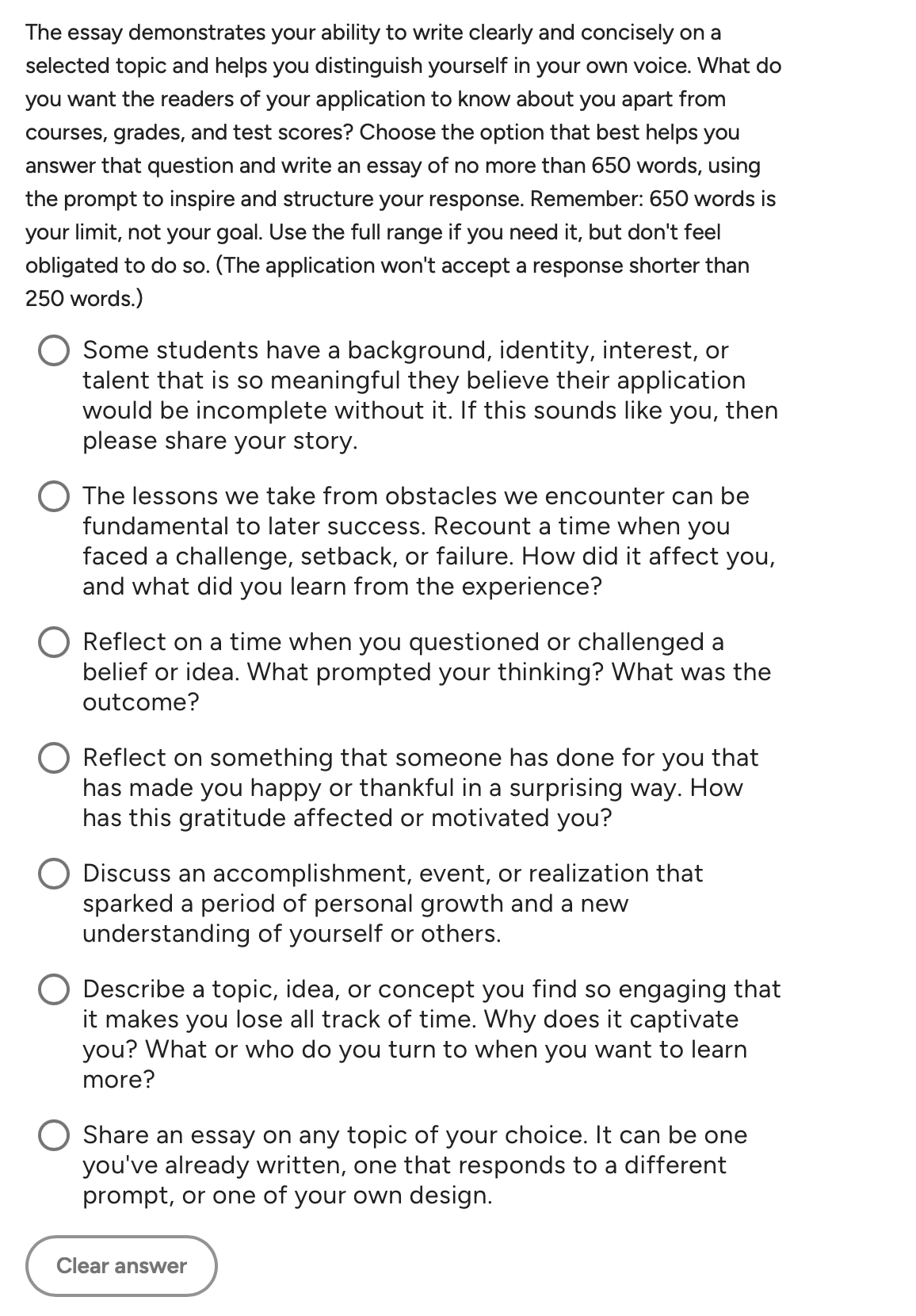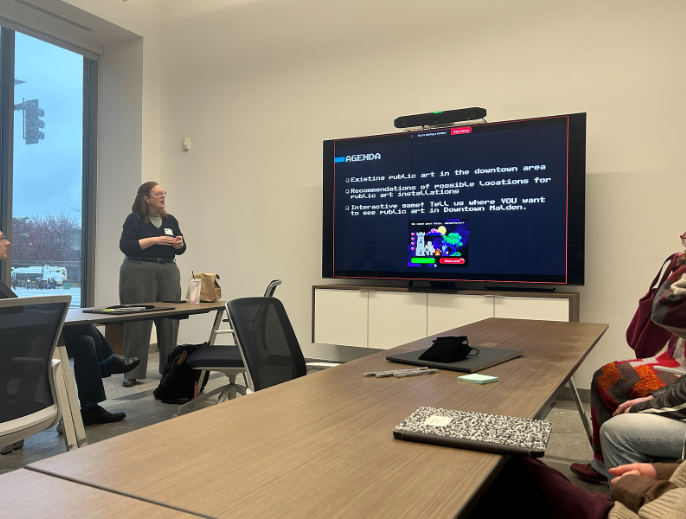Though many Malden High School seniors hoping to attend college have already commenced their college applications, it is important for those who are still confused to understand the process and how it works.
Beginning the Common App
Common App, the primary website used for college applications, is a straightforward and accessible platform for all students. Students should double-check to make sure the college they are applying to is on the website, though it is likely that it will be. First, students will have to click “Create an account”—or “Sign In” if they already have one—and then select “First year student.”
After signing up for Common App, students can select which schools they want to apply to or go to the “Common App” tab, where they will fill out personal information, including their name, date of birth, family, education, standardized testing, activities, and lastly, their personal essay.
The personal essay, with a minimum of 250 words and a maximum of 650, has six specific prompts and one miscellaneous prompt.

Furthermore, students will need their Social Security Number (SSN) to apply for need-based aid. Note: students without an SSN can apply for need-based aid through the MAFSA.
Letters of Recommendation and Naviance
In addition to financial aid, it is critical to take note of any teachers with whom students have had a positive connection in either their junior or sophomore year of high school in order to ask for letters of recommendation. Ideally, these students will have a fresh perspective on the student and can attest to a student’s academic skills. It’s also useful if you have a more personal relationship with a teacher so that they can write a more personalized letter.
Students will need to request teachers through Naviance for a letter of recommendation. They must first log in through Clever, go to the “Colleges” tab, then find the subsection titled “Apply to College,” and select “Letters of Recommendation.” From there, students may select “Add Request” and select the teacher from a dropdown list. Finally, they will click “General request” and submit their request.

These letters will not be able to be submitted, however, until a student signs the Family Education Rights and Privacy Act (FERPA) on Common App. It can be found under any college tab in the “Recommenders and FERPA” section.
Here, students will be asked if they would like to waive their right to see the letters of recommendation once they have been submitted. Typically, students opt to waive this right, reassuring colleges that these letters are candid.
Students will also be asked to link their Naviance and Common App accounts. They can do this by following the same first three steps from earlier and selecting “Colleges I’m Applying To.” Naviance will then ask, at the top of the page, for students to link their accounts.
Information on what colleges you have selected on Common App, deadlines, and application statuses will automatically be filled out. This helps counselors understand where a student is in the process of applying and who needs help.

Specific Major Requirements and Colleges Within Universities
Moreover, students with certain majors in mind should note that they might require specific credits, supplemental writing questions to complete, or the inability to leave programs related to that major if and once they have been accepted. For instance, the University of Massachusetts Amherst does not allow students who are applying to the Isenberg School of Management, their college of business where management majors are concentrated, to switch majors if they are accepted considering its competitive nature.
This brings us to another important point of applying to college. Some institutions labeled as universities have different majors separated by “schools” or “colleges.” This is not any major difference that should scare students; you are still attending the same school.
For example, if you choose a major within the College of Arts & Sciences at Boston University, you are still attending Boston University. Institutions simply have these “separate” schools in order to divide students into particular academic focuses. In other words, it is purely for organizational efforts.
SAT/ACT Scores and Going Test-Optional
Finally comes the question of whether or not students should submit their SAT/ACT scores.
Most schools suggest that a student only submit these scores if they are within the institution’s median range of average SAT/ACT scores or if they are above that range.
While it may not ruin a student’s chances to submit a lower-than-average score, it does not exactly help their case either. And, after all, a college application is all about putting your best foot forward.
However, applicants should note that while some schools are test-optional, they might need these scores in order for students to qualify for merit-based aid or scholarships. Therefore, students should research each institution’s specific test-optional policies.
All-in-all, seniors should ensure with a counselor that they understand every aspect necessary for college admissions. Some colleges or universities may even have special requirements such as supplemental writing questions that are specific to them.
It is imperative to stay in the know; seniors should stay up to date with The Blue and Gold to hear more information about college admissions.




